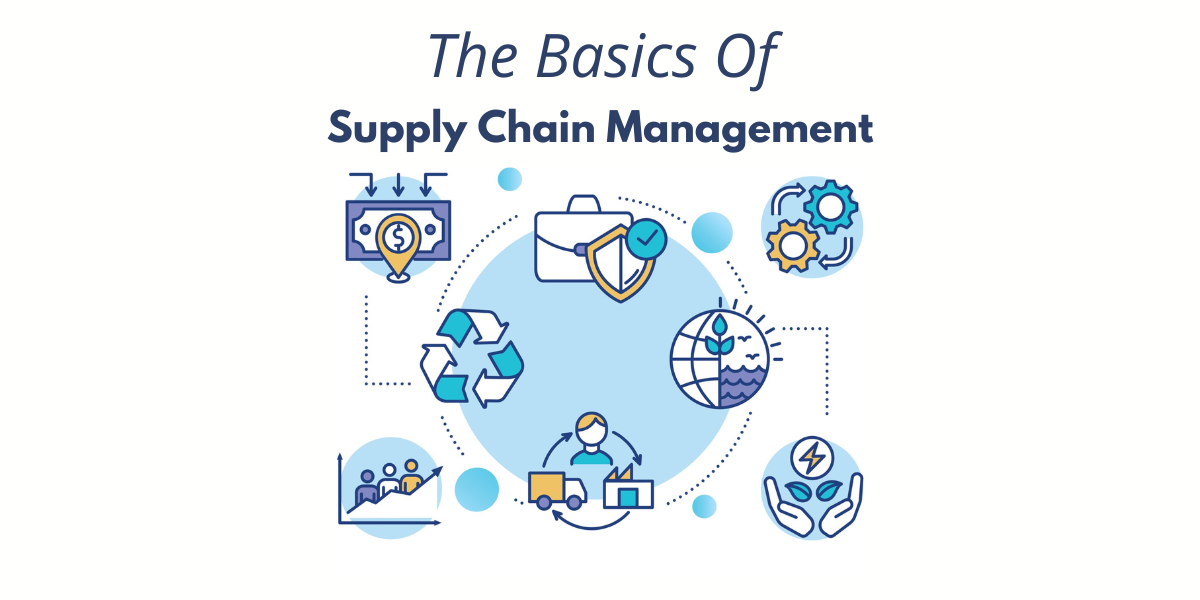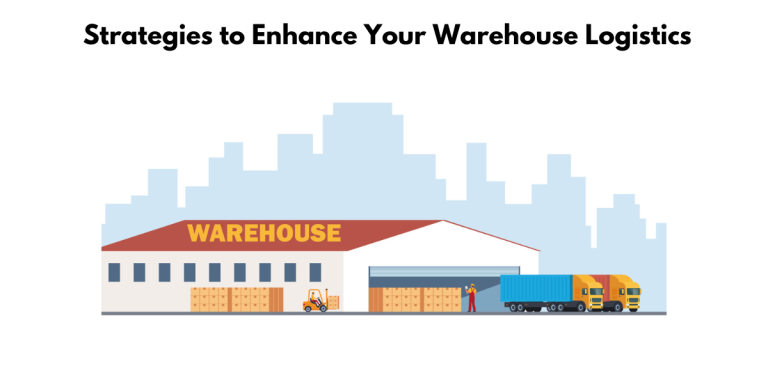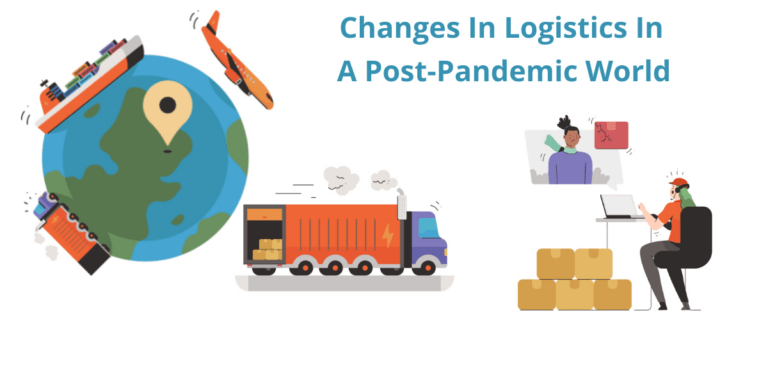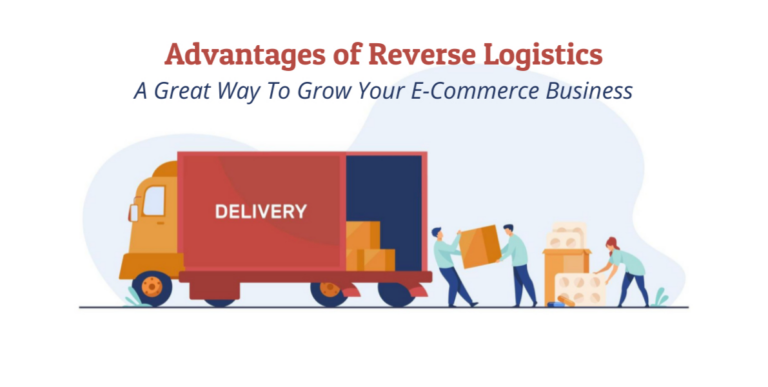Business And Logistics: What Does Supply Chain Management Mean?
Unveiling the Backbone of Modern Commerce
Supply chain management (SCM) is the lifeblood of modern commerce, orchestrating the complex dance of moving goods from raw materials to finished products that reach consumers’ hands. The term “supply chain management” was first coined by Keith Oliver in 1982, but its roots extend back to the early 20th century with the advent of assembly lines. SCM’s modern chapter unfolded significantly with the release of “Introduction to Supply Chain Management” in 1999, written by Robert B. Handfield and Ernest L. Nichols, Jr., which promoted widespread adaptation of SCM concepts.
This evolution marked a shift from focusing on independent functions like production and distribution to integrating these activities, often driven by cost reduction and efficiency enhancement strategies including re-engineering and adopting Japanese management practices. This era saw the adoption of transformational technologies such as electronic data interchange (EDI) systems in the 1960s and later, enterprise resource planning (ERP) systems, which further propelled SCM into a strategic force in business.
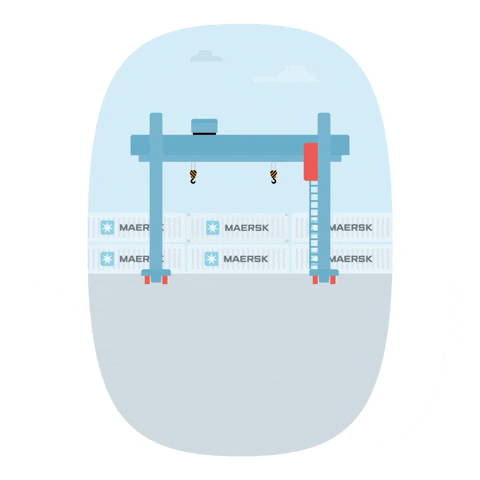
Decoding Supply Chain Management
Fundamental Concepts and Core Components
At the heart of supply chain management are the fundamental concepts of coordination and integration of various components, from materials sourcing to delivery to the end-user. SCM encompasses every stage of the production cycle, including:
- Sourcing and Procurement: identifying and acquiring raw materials needed to produce goods or services.
- Production: converting raw materials into finished products, which includes design, planning, and execution stages.
- Inventory Management: controlling the storage and flow of goods to balance supply with demand without incurring unnecessary costs or stockouts.
- Logistics and Transportation: moving products from manufacturers to warehouses, between facilities, and to customers or retailers.
- Information Management: capturing and utilizing data to optimize the supply chain efficiency and agility.
- Demand Forecasting: predicting customer demand to manage resources and inventory properly.
- Supplier Relationship Management: establishing collaborative partnerships with suppliers for win-win outcomes.
- Customer Service Management: meeting customer requirements and resolving issues to maintain satisfaction and loyalty.
Every component is a critical piece in the supply chain puzzle, and effective SCM seeks to optimize these elements for improved performance and competitive advantage.
How SCM Creates Competitive Advantage
Effective supply chain management is not just about pushing products through the cycle; it’s a strategic asset that can yield a significant competitive advantage. Here’s how SCM contributes to standing out in the marketplace:
Cost Efficiency: SCM can dramatically reduce operational costs through streamlined processes, minimizing waste, and optimizing inventory levels. Leverage of economies of scale and negotiating power with suppliers can lead to considerable cost savings.
Agility and Responsiveness: An efficient supply chain enables a business to quickly adapt to changes in demand, supply fluctuations, and market conditions. This agility means being able to capitalize on opportunities and mitigate risks faster than competitors.
Quality and Innovation: With a solid SCM, companies can improve the quality of their products by ensuring that components meet high standards. It also accelerates innovation by aligning supply chain strategies with new product development.
Customer Satisfaction: SCM increases the ability of businesses to deliver products promptly, accurately, and tailored to customer preferences, directly affecting satisfaction and repeat business.
Brand Reputation: A reliable supply chain helps maintain a strong brand reputation by ensuring product availability and maintaining the integrity of goods as they move through the supply chain.
Supply Chain Visibility: A transparent supply chain allows for better decision-making, quick identification of inefficiencies, and the ability to track the product life cycle which in turn can provide unique insights and foresight into market trends.
Global Reach: SCM contributes to a company’s ability to compete globally by efficiently managing international logistics, compliance, and multicultural vendor relationships to serve diverse markets.
All these elements, when properly executed, contribute to a superior value proposition for customers, fostering loyalty and creating barriers to entry for competitors. This results in a sustainable competitive advantage that can drive growth and profitability in the long term.
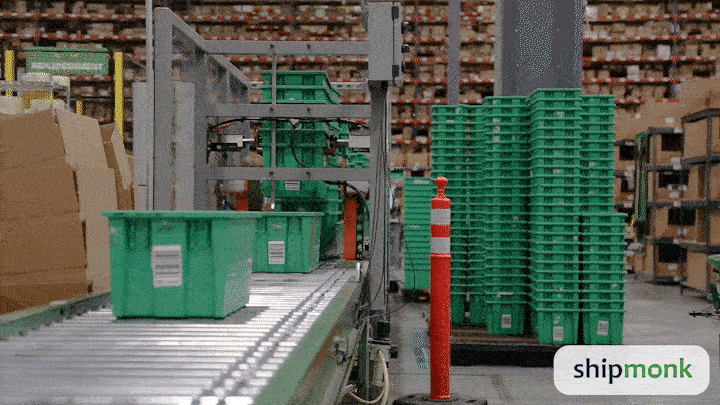
Impact of Globalization on Supply Chain Strategies
Globalization has significantly influenced supply chain strategies, expanding the scope and complexity of supply chain management. The key impacts include:
Extended Supply Chains: Globalization leads to longer supply chains, involving multiple countries for sourcing, production, and distribution. Longer chains can mean more complexity in logistics and an increase in lead times, which require careful planning and management.
Diverse Regulations: Companies must navigate a maze of varying regulations, from trade agreements to labor laws. Compliance with diverse customs, export, and import laws is crucial and requires detailed knowledge of specific regional requirements.
Currency Fluctuations: Engaging in cross-border transactions involves different currencies, which introduces financial risks due to exchange rate volatility. Companies have to forecast and hedge against these risks to ensure profitability.
Cultural Differences: Understanding and adapting to cultural differences in how business is conducted can be essential for successful collaboration and negotiation with international partners.
Increased Competition: Globalization has flattened the playing field, enabling more companies to compete on equal footing, which intensifies competition and drives innovation.
Risk Management: Global supply chains are susceptible to various risks, including geopolitical tensions, trade conflicts, and other disruptions. Robust risk management strategies are critical to manage these uncertainties.
Environmental Issues: A global supply chain strategy must address the growing concern over environmental sustainability. This includes managing the carbon footprint of transportation and production processes in various countries.
Demand Management: Fluctuations in global markets require agile supply chain strategies to manage supply and demand effectively. Real-time data analytics and demand forecasting are key to staying aligned with market shifts.
Supply chain leaders must consider these factors when designing and implementing international supply chain strategies to ensure they remain effective in the face of global dynamics.

The Role of Logistics in Streamlining SCM
Logistics plays a pivotal role in streamlining supply chain management by bridging the gap between the production of goods and their final destination in the hands of customers. It encompasses the planning, execution, and control of the movement and storage of goods, services, and information within the supply chain and is vital in creating value for all stakeholders. Here’s how logistics contributes to SCM efficiency:
Optimized Transportation: Proper logistics management selects the most efficient routes and modes of transport, controlling costs, and improving delivery times. By combining shipments, managing freight, and planning efficient routes, logistics can reduce both cost and environmental impact.
Warehouse Management: Warehousing is a critical logistics function that includes the storage of goods, inventory control, and order fulfillment. Efficient warehouse management directly impacts the speed and accuracy with which a customer receives their product.
Inventory Control: Through accurate demand forecasting and inventory management techniques, logistics ensures that products are available when and where they are needed, minimizing stockouts or excess inventory that ties up capital.
Increased Visibility: Advanced tracking and information systems in logistics offer real-time data on the location and status of goods. This visibility allows for better decision-making and responsiveness to any supply chain disruptions.
Integration of Information Flow: The integration of logistics with information technology systems like EDI, RFID, and GPS coordinates the flow of information across the supply chain, facilitating smoother transactions and transparency.
Customer Service: Logistics is a determining factor in meeting customer expectations, ensuring the right products are delivered on time and in perfect condition, which enhances customer satisfaction and loyalty.
Flexibility and Scalability: Effective logistics provides the ability to scale operations up or down as required, accommodating seasonal fluctuations, market trends, or unexpected demands.
Cost Reduction: Logistics aims to find the most cost-effective solutions for transport and storage while maintaining the quality and service standards, thereby indirectly impacting a company’s bottom line.
In essence, logistics serves not only as a method for transport but as a strategic component that can refine and redefine supply chain efficacy. It is an enabler of business growth, customer satisfaction, and adaptive resilience in ever-changing market landscapes.

Overcoming Supply Chain Challenges
Risk Management and Resilience in SCM
Risk management and resilience have become essential pillars of supply chain management (SCM) due to the increasing complexity and interconnectivity of global supply chains. They are critical for ensuring continuity and recovery from unexpected disruptions. Here’s how risk management and resilience play a role in SCM:
Sustainable Practices in the Supply Chain World
Sustainable practices in supply chain management are no longer a nice-to-have; they are essential to a business’s license to operate, its brand image, and competitive advantage. Supply chains traditionally have a significant impact on the environment and societies in which companies operate, due to their global reach and the extensive resources they consume and process. Sustainable SCM addresses these impacts by integrating environmental, social, and ethical considerations into supply chain strategies and operations. Here are some key sustainable practices:
Eco-Friendly Sourcing: Adopting policies that prioritize sourcing raw materials from suppliers that practice sustainable farming, mining, or manufacturing, minimizing environmental degradation.
Energy Efficiency: Implementing energy-saving measures across the supply chain, from deploying fuel-efficient vehicles to investing in renewable energy for warehouses and offices.
Waste Reduction: Pursuing circular economy principles, including reducing materials used in packaging, recycling, and designing products for easier end-of-life disassembly.
Green Logistics: Investing in alternative modes of transport that are less carbon-intensive, such as rail or electric vehicles, or optimizing delivery routes to reduce fuel consumption and emissions.
Supplier Engagement: Collaborating with suppliers to improve their sustainability performance by conducting audits, setting targets, and providing support to meet those targets.
Transparency and Traceability: Providing visibility into the supply chain to monitor and verify the sustainability of practices, often leveraging technologies like blockchain for traceability.
Social Responsibility: Ensuring that labor practices throughout the supply chain meet adequate standards relating to wages, working conditions, and child labor and that local communities are not adversely affected.
Product Design and Innovation: Designing products with the environment in mind, which could mean using eco-friendly materials, making products more durable or easier to repair, and considering the product’s full lifecycle impact.
To truly realize the benefits of sustainable SCM, organizations must embed these practices into the core of their operations and company culture, enabling a shift towards long-term thinking and driving industry-wide change.

Future Trends in Supply Chain Management
Innovations Shaping the Future of SCM
As businesses and technologies evolve, supply chain management (SCM) is undergoing a transformation driven by groundbreaking innovations. These advancements are poised to redefine SCM’s scope and capabilities. Below are some of the innovations that are shaping the future of the supply chain:
Artificial Intelligence (AI) and Machine Learning (ML): AI and ML are revolutionizing SCM with powerful predictive analytics, demand forecasting, and intelligent decision-making capabilities. These technologies can anticipate market trends, optimize resource allocation, and automate complex processes such as dynamic route planning for logistics.
Internet of Things (IoT): IoT-connected devices throughout the supply chain provide real-time data on inventory levels, equipment status, and shipment locations, which helps enhance visibility, predictive maintenance, and loss prevention.
Blockchain: Blockchain’s distributed ledger technology offers a secure and transparent way to document transactions in the supply chain. This ensures integrity and traceability from production to delivery, critical for quality assurance, certification, and combating counterfeit products.
3D Printing: Additive manufacturing or 3D printing allows on-demand production closer to the point of consumption, simplifying logistics, reducing inventory levels, and enabling mass customization of products.
Advanced Robotics and Automation: Robotics are increasingly employed in warehousing and distribution centers to automate picking, packing, and sorting tasks, which improves efficiency and reduces reliance on human labor.
Digital Twins: Digital twin technology involves creating digital replicas of physical assets or systems to simulate supply chain operations and predict the outcomes of changes without risking disruptions in the actual supply chain.
Sustainable Technologies: Innovations contributing to greener supply chains include electric vehicles for transportation, sustainable packaging solutions, and platforms for sharing underutilized assets, cutting down waste and carbon footprint.
Supply Chain as a Service (SCaaS): Cloud-based service models are emerging, offering companies modular and scalable supply chain services without the need for large capital investments in infrastructure.
Advanced Analytics: Leveraging big data for advanced analytics enables more nuanced insights into customer behavior, supply chain bottlenecks, and optimization opportunities.
Autonomous Vehicles and Drones: Unmanned vehicles and drones are beginning to make an impact, offering new ways for last-mile delivery and hard-to-reach areas, enhancing speed and reducing transportation costs.
Each of these innovations carries the potential to dramatically reshape supply chain efficiency, resilience, and sustainability. They promise a future where supply chains are not only more responsive to the needs of businesses and consumers but also more adaptable to the unexpected challenges that arise in a dynamic global marketplace. As companies adopt these technologies, they will likely see enhancements in customer satisfaction, reductions in operational costs, and improvements in overall supply chain performance.
Businesses preparing for the future must keep a close eye on these trends, investing in the right areas and developing competencies to stay ahead in the competitive landscape of supply chain management.

FAQs
What Is Supply Chain Management and Why Is It Important?
Supply Chain Management (SCM) is the active management of supply chain activities which includes the production, shipment, and distribution of products. It seeks to streamline and control the process from the creation of goods at the point of origin (such as raw materials) to the point of consumption, ensuring the right quantity of the product is delivered to the right place, at the right time, and at the lowest possible cost. SCM integrates supply and demand management both within and across companies.
The importance of SCM comes from its ability to reduce costs and improve efficiency throughout the entire supply chain, benefiting all stakeholders. It allows for better forecasting of demand and inventory management, reduces excess waste, improves the product lifecycle and time to market, and ensures a company can adapt to changes and disruptions more effectively.
How Does Logistics Fit Into Supply Chain Management?
Logistics is a pivotal component of supply chain management, as it primarily focuses on the efficient and effective transportation and storage of goods. It’s the cog in the wheel that ensures products are moved from suppliers to warehouses, and ultimately, to the end consumer. Think of logistics as the muscles within the broader body of supply chain management—responsible for the heavy lifting and precise movement that keeps the flow of goods seamless. It oversees the details from cargo ship spaces to tracking packages to warehouse inventory levels, directly impacting customer satisfaction and operational costs.
So, while supply chain management outlines the overarching strategy of sourcing, conversion, and all logistics management, logistics is the hands-on execution that turns the plan into action, keeping the whole supply chain robust and responsive to market needs.
What Are the Latest Trends in Supply Chain Management?
The latest trends in supply chain management focus on resilience and flexibility as companies strive to adapt to rapidly changing conditions. Advanced technology plays a pivotal role, with Artificial Intelligence (AI), Internet of Things (IoT), and blockchain becoming increasingly prevalent to enhance visibility, forecasting, and efficiency. Emphasis on sustainability is more pronounced than ever, prompting supply chains to adopt green practices and circular economy principles.
The growth of e-commerce has accelerated the demand for last-mile delivery innovations, while the ongoing global push for localization is leading companies to invest in nearshoring and reshoring strategies to bring production closer to the consumer. These strategies are not just buzzwords but essential adaptations grounded in the latest industry data, reflecting a transformation in how global supply chains operate in a digital, interconnected economy.
How Can Companies Overcome Common Supply Chain Challenges?
Companies can effectively overcome common supply chain challenges by adopting a suite of strategic approaches: implementing cutting-edge technology to ensure real-time data visibility across the entire supply chain; managing not just direct suppliers but also Tier II suppliers, thereby enhancing demand information flow; maintaining strict quality and compliance standards at every level; preparing a robust contingency plan for unexpected delays; prioritizing risk management to identify and mitigate potential hazards; and investing in top-tier supply chain talents.
Additionally, leveraging automation technologies like collaborative mobile robots amplifies human labor efficiency and accuracy, keeping the supply chain agile and customer-focused in a dynamic marketplace.
- Low-Cost Amazon Selling: Thrive as an Individual Seller - August 28, 2024
- Is it more economical to use warehouse space for rent or use third-party logistics for your business? - November 29, 2022
- Business And Logistics: What Does Supply Chain Management Mean? - March 6, 2022

